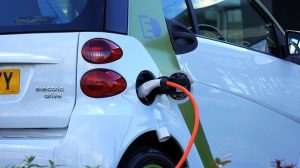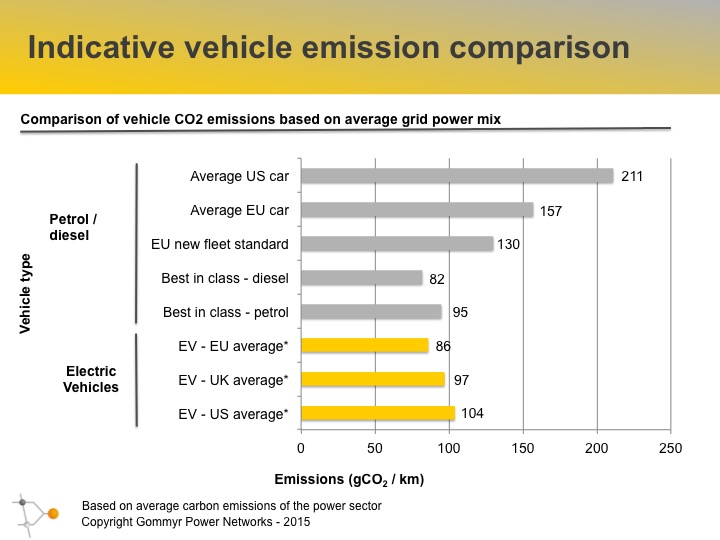
Electric Vehicles and Microgrids – why the two need…
Over the past few years, electric vehicles (EVs) have finally started to deliver on their promise of a fundamental shift in the electrification of the transport sector. With Tesla featuring prominently in the news and even Apple said to be developing electric vehicles, it is clear that critical momentum is building behind EVs. One of the main drivers of the push for electric vehicles is of course the environmental benefits and reduced carbon emissions relative to conventional vehicles. It is interesting, therefore, to see that policy makers and society in general are belatedly coming to the realization that electrifying the transport sector (eg. wide-spread adoption of EVs) does not make sense until and unless you have clean (and preferably renewable) energy to power electric vehicles. It is currently the case that many EV initiatives will not result in lower emissions precisely because the power sector in their respective markets is not sufficiently low-carbon.
Examining a high level comparison of emissions between conventional cars and EVs shows that EVs today will lead to lower emissions in the EU and US relative to the average fleet emissions. Average EV emissions in the US could be expected at 104 gCO2/km based on the average US power mix. These emissions are more than 50% lower than average US car emissions. European and UK emissions from EVs, at 86 gCO2/km are even lower given the lower carbon intensity of their power sectors. However, the emission reduction from EVs is much less when compared to the 2015 EU required fleet average of 130 g/km. The emission reduction disappears entirely when compared to the best in class emissions of small cars.

It is clear that to maximize the environmental benefit and truly capture the potential of EVs requires that EVs are charged with renewable power. In most countries, the only feasible way to guarantee renewable power for EV charging is to separate the power generation for charging from the main grid using renewable microgrid charging infrastructure.
Based on total power sector emission intensity, much of the world will actually increase CO2 emissions per kilometer driven with EVs. This includes parts of Central and Eastern Europe (Romania, Bulgaria, Poland, the Czech Republic, Greece), Turkey, India, South Africa and China as well as many smaller countries. Promoting EVs in these countries before changing the power mix will increase CO2 emissions. Although the carbon emissions benefits may be lacking, EVs do of course reduce local tailpipe emissions that include many other pollutants apart from CO2 and are important contributors to city smog. Depending on the power generation mix, these emissions may also be transferred to the generating source rather than reduced, and this benefit should not in itself be sufficient to drive EV adoption.
Renewable microgrids also reduce the potential strain of EV charging on centralized grids. The EV sector has quickly moved to fast-charging and ultra-fast charging with current charging capacity of up to 50kW and charge times of 20-30 minutes. Reducing the charging time further is one of the main objectives of the charging infrastructure industry and that requires increasing the charging capacity. Charging capacities of 100 kW more are already in the works. Having such large capacity requirements for short intervals will create tremendous strain on central grid networks. A handful of EVs charging simultaneously could lead to a megawatt of additional load but for a duration of only 5-10 minutes. Upgrading and reinforcing centralized grid networks to accommodate these loads will be expensive. Furthermore, as batteries and energy storage costs are rapidly decreasing, using localized storage to meet EV charging needs will be more cost effective and much simpler to deploy gradually as EV adoption increases.
So to capture the environmental benefits and to best manage the power needs of wide-spread EV adoption, the best alternate is renewable microgrids that combine locally generated renewable power and adequate storage for fast charging. Furthermore, these microgrids will be much more robust and cost-effective than centralized solutions and contribute to faster and more widespread adoption of EVs.